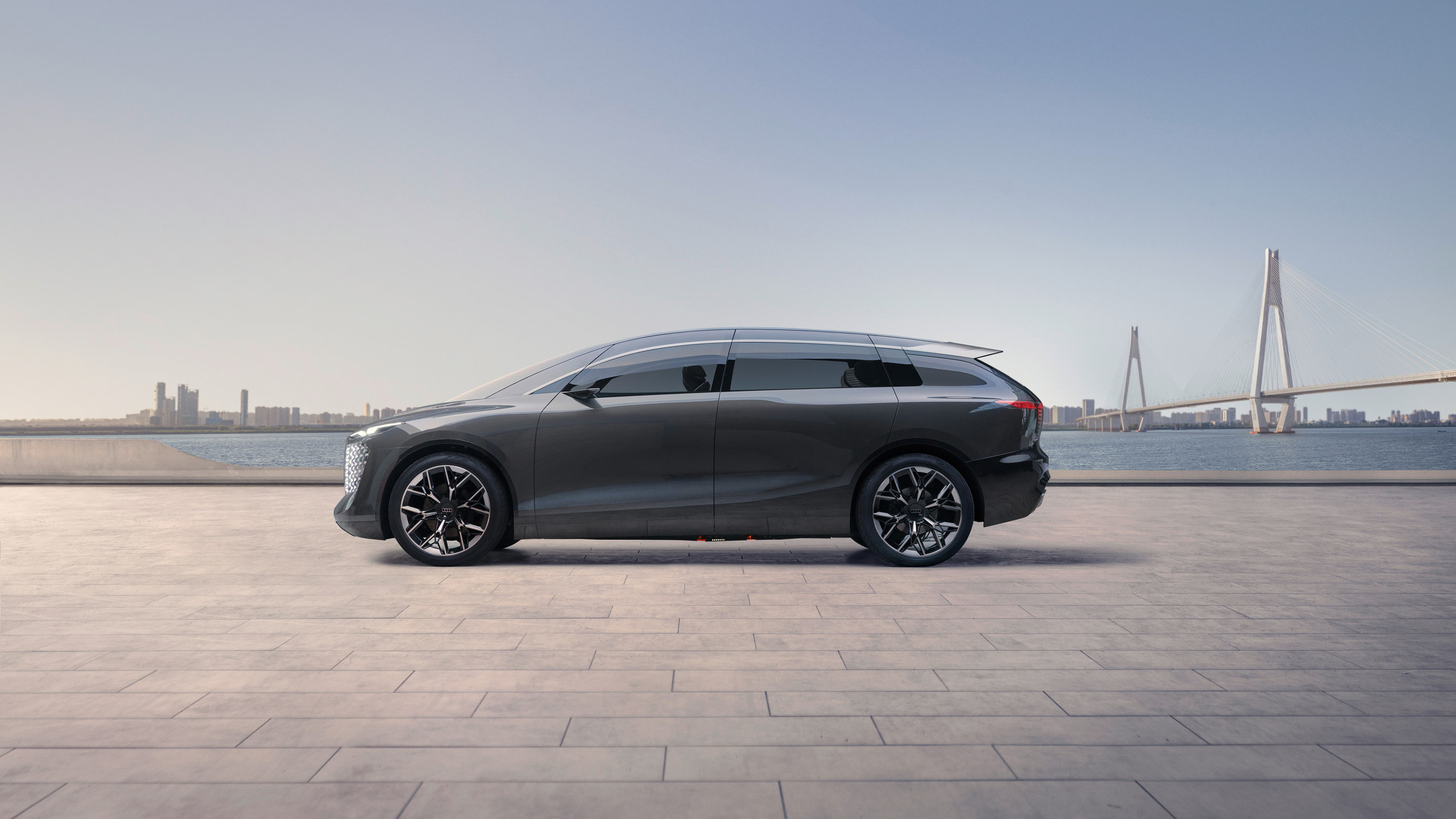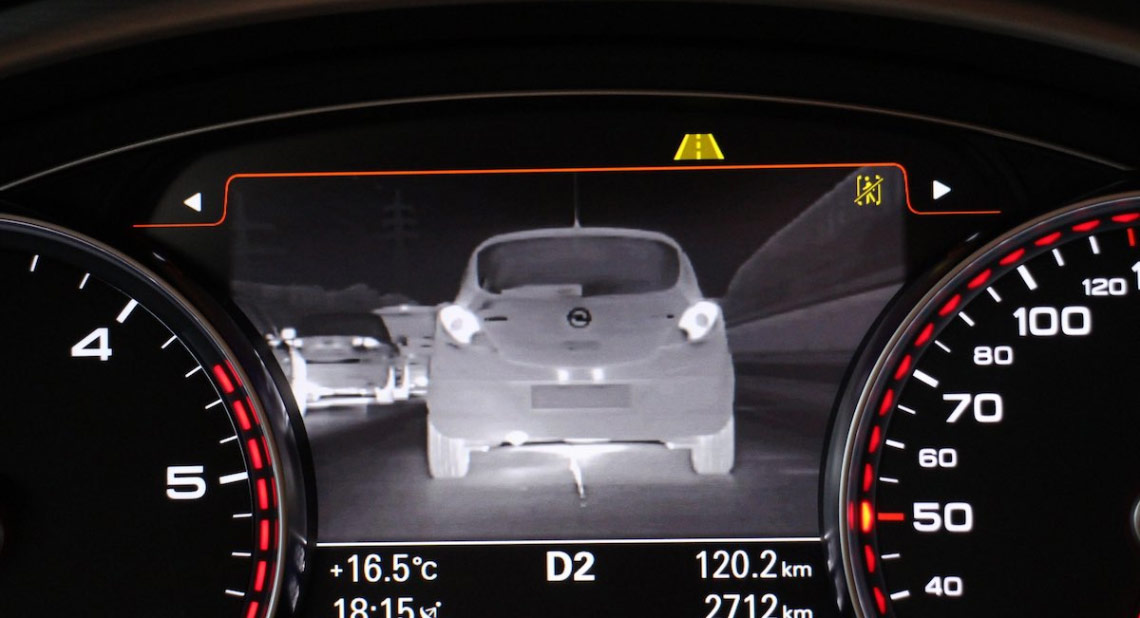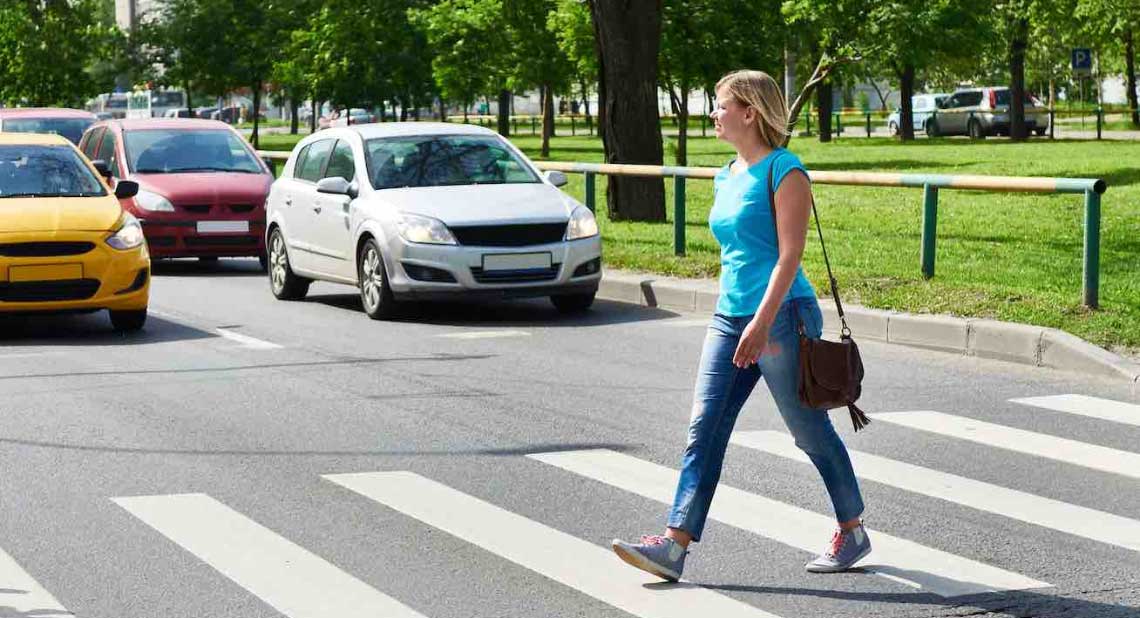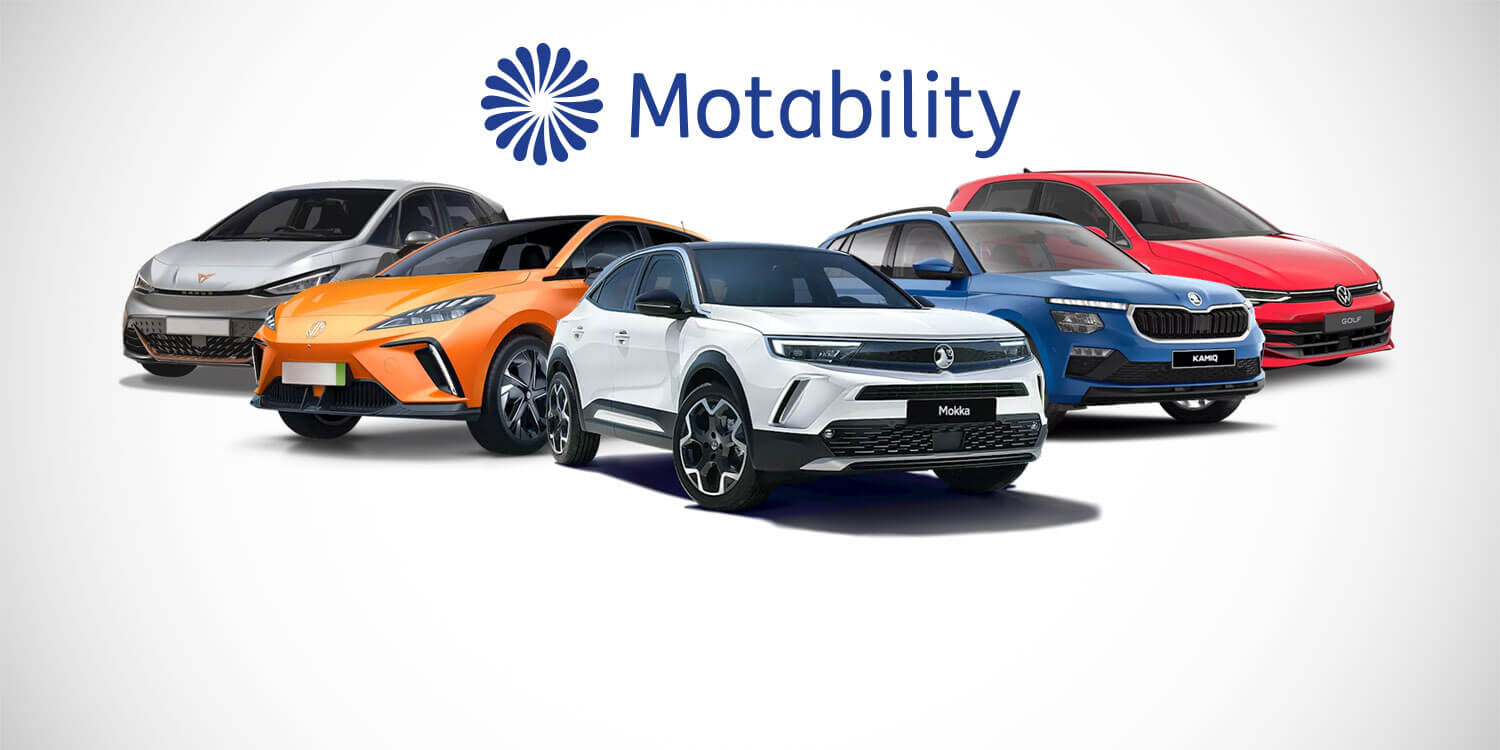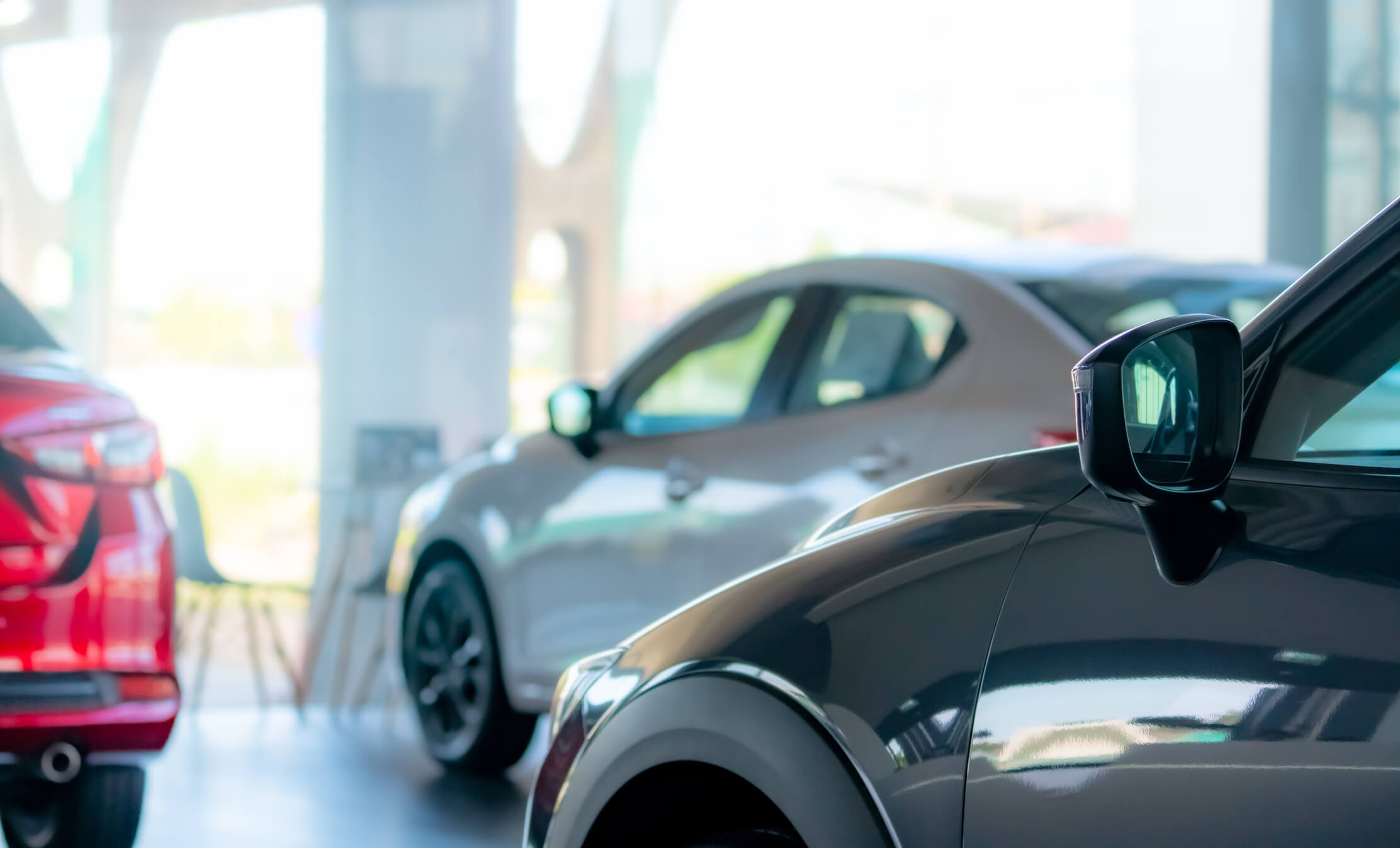There is so much new technology in the motoring world that it can often be difficult to keep up! Whether it’s enhancing the way we drive, speed up or park, our cars have come a long way – and they still have a long way to go.
Here we take a look at not only some of the technology that’s available now, but also what we might have in the not too distant future.
Fuel-saving tips
There are already some cars that give drivers hints and tips on saving money and being more efficient. For example, your car could give you a mark out of five-stars for how good you are at saving fuel over the length of your journey, or even warn you when you’re not being well-behaved and energy efficient.
Or you could even have an ‘onboard assistant’ with you (over a 4G mobile network) so you can communicate with a real human being at any time to answer any questions about your car and driving. For example, you can ask for fuel saving tips, or where the nearest fuel filling station is. It can also fetch important vehicle data such as tank capacity and fuel range. This is the kind of technology that will undoubtedly make all drivers feel at ease, and perhaps even more so for drivers who wouldn’t be able to walk as far in the event of their car running out of fuel or an emergency.
Adaptive cruise control
Adaptive cruise control uses sensors in the front of the vehicle to judge distance between yourself and the car ahead, applying the brakes and speeding up when required. Have you ever been caught in traffic where you have to adjust speed constantly? It can be quite uncomfortable on longer journeys. Adaptive cruise control helps eliminate a little bit of driving fatigue by judging that distance and adjusting the speed to maintain the gap.
Android Auto and Apple CarPlay
For drivers with infotainment systems in their cars, Android Auto and Apple CarPlay syncs up a smartphone’s interface the car’s touchscreen. Every manufacturer from Ford to Ferrari is getting involved with it, and it makes functions such as navigation and media playback easier to use. A more user-friendly system makes for less distractions while driving, which all drivers can benefit from.
Advanced parking sensors
Parking sensors are tiny radars that are found in increasingly more and more cars and help guide drivers into tight spaces. This is a very straightforward, but incredibly useful, piece of technology — especially in larger cars. It’s just got even better though, with the addition of discreetly hidden cameras on all four sides of the car that film the area around the vehicle on their respective sides.
The cameras then relay that video feedback to the car’s infotainment system, giving the driver a complete 360-degree view of what is around the car in real time. It saves an awful lot of discomfort from twisting and bending to try and see exactly where the corners of your vehicle are, which is particularly useful for those of us with limited movement.
Similarly, othersystems take the strain out of parking by finding spacious parking spaces and, at the push of a switch, steering the car into it — while the driver operates the brake and accelerator. This technology is hugely important for drivers and passengers who need extra space to enter or exit a vehicle, such as wheelchair users or for motorists who need walking aids.
Configurable digital dials
This new technology, which is already being used in many premium models, replaces the old dials behind your steering wheel with a high-definition digital screen. This allows drivers to choose what information is displayed in front of them. Whether you need to keep a closer eye on the navigation, watch efficiency figures or just fancy changing the design of the dials, you can edit what you see at your leisure.
The heads-up display (where basic information such as speed is displayed ‘floating’ in the windscreen) is considered by professional drivers to be safer, as it keeps information in front of you — in other words, in the direction your eyes should be looking in while driving. Users who find car menus too complex or tricky to navigate might also find this setup easier and more intuitive to use. The automotive industry is developing this technology because it is seen as a step against sensory overload and driver distraction.
Summoning
Despite the name, this isn’t referring to a magical power — but it will sure feel like one. This technology will allow you to summon your car to your location using a smartphone. Vehicles could one day be capable of driving themselves, so it makes sense that you should be able to call your car to pick you up.
Summoning technology is already beginning to appear in a few cars that allows you to summon your car into or out of your garage using your smartphone. This could be helpful for drivers with limited mobility, making the beginning and end of the journey that bit easier and more efficient.
What do these advances mean?
New technology is pouring into the car market and much of it makes our lives easier. It helps to alert us to hazards and it can keep us more comfortable. Of course, the skill of driving in itself could in time become less relevant due to new technology that we are becoming reliant on. But for drivers who aren’t as confident as others or for motorists with limited physical mobility, the developments in technology listed above could be extremely useful and make driving more accessible than ever.
More articles about technology:
Nissan to trial autonomous cars in London
How in-car technology can help you
The Motability Scheme enables disabled people and their families to access a brand new car or scooter, by exchanging their mobility allowance to lease the vehicle of their choice. Find out more:
Request a free information pack
![]()
